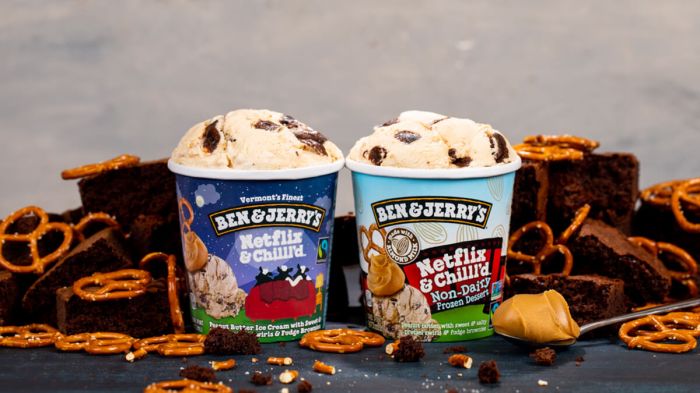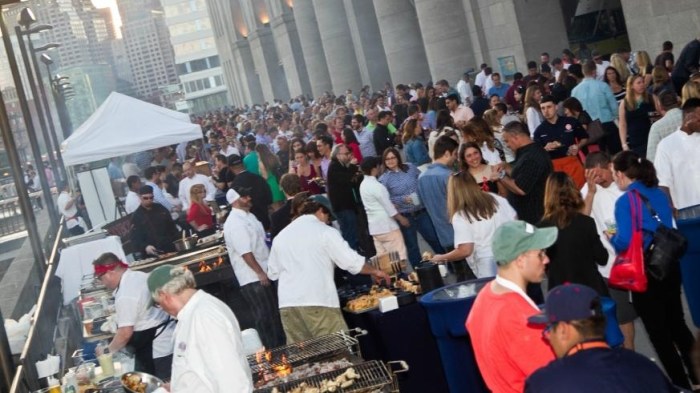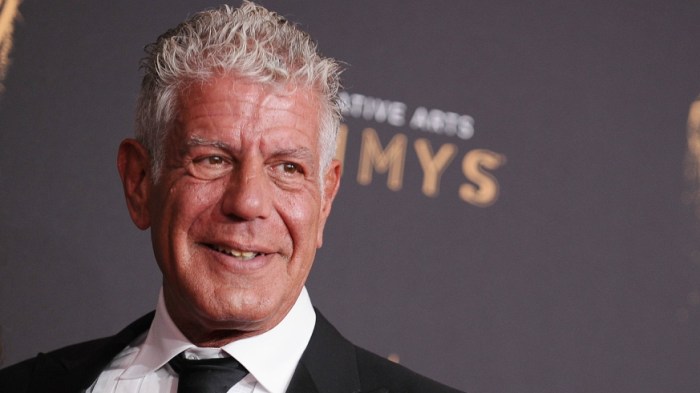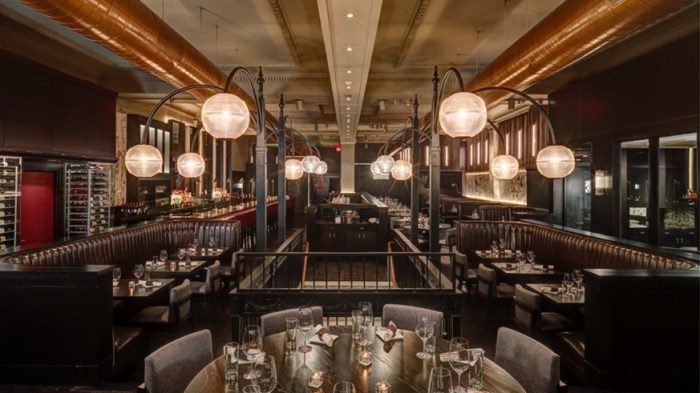In the summer, many habitual coffee drinkers make the switch to iced coffee, which goes down a lot easier than a hot, steaming cup of Joe on a 90 degree day. A trendier option is cold-brewed coffee, which began as a niche among coffee snobs and has since gone mainstream, with chains like Starbucks and Dunkin’ Donuts adding it to their drink menus. It’s cold, refreshing, and less acidic than hot coffee — the perfect start to a summer morning, or a pick me up on a sweaty afternoon. But does it have as much caffeine as other brewing methods? Or is that extra punch all in your head? Here are a few factors to consider when depending on cold brew for your mid-afternoon pick-me-up. Exacting and extracting
The ideal temperature at which to extract caffeine is between 195 and 205 degrees Fahrenheit, according to the Specialty Coffee Association of America’s standards. So does that mean cold-brewed coffee is actually less caffeinated? It’s not that simple. Other factors contribute, such as length of brewing time and the grounds-to-water ratio. “Caffeine, ironically, is a rather slow extracting ingredient,” says Kevin Sinnott, coffee expert and author of “The Art and Craft of Coffee.”
For cold brew, while temperatures remain far below boiling point, the coffee grinds steep in water for 10-24 hours at a higher grounds-to-water ratio — but as of yet, it hasn’t been sufficiently researched to what extent that makes up for the potential dip in caffeine, according to Sinnott. Mind over matter
Believe it or not, some of the effect of your caffeine intake is psychological. The actual amount of caffeine doesn’t always align with a drinkers’ perception, Sinnott says. He cites espresso as a classic example of a placebo effect: People often experience a jolt of adrenaline from one shot, but in reality a shot of espresso has less caffeine (80 mg per two ounce shot) because its extraction only lasts 20-30 seconds, compared to traditional drip coffee, which brews for five minutes and has 120 milligrams per 12 ounce cup. “Never underestimate the possibility of the placebo effect or setting,” says Sinnott. “Those are all factors. I’ll run into somebody who’s just back from Hawaii and they’ll say, ‘Oh, I had the best cup of coffee I’ve ever had: a Kona coffee.’ Hawaiian coffee is fine, but in the coffee industry it’s not necessarily considered better than any other kind, but people associate it with having it on vacation.”
Does cold-brewed coffee pack more kick?
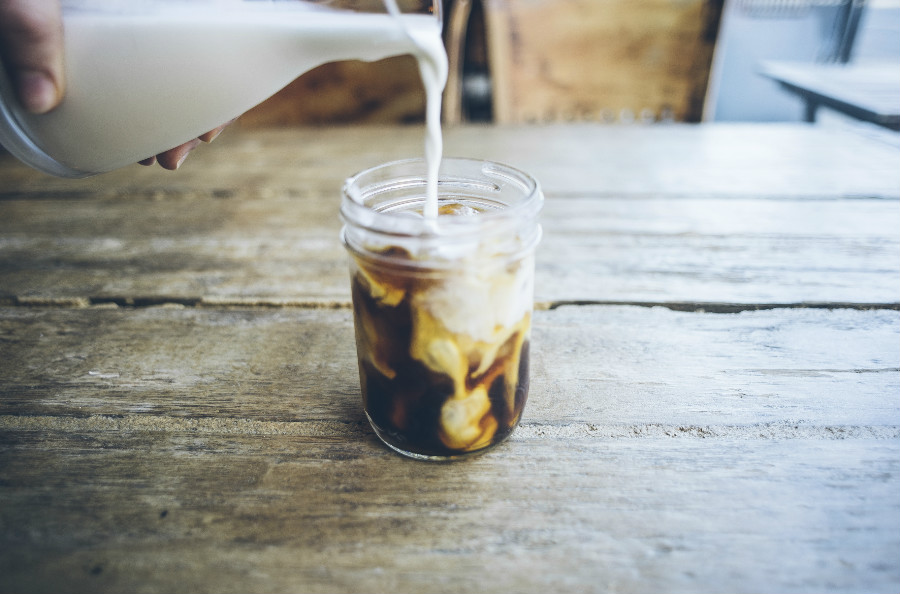
iStock











